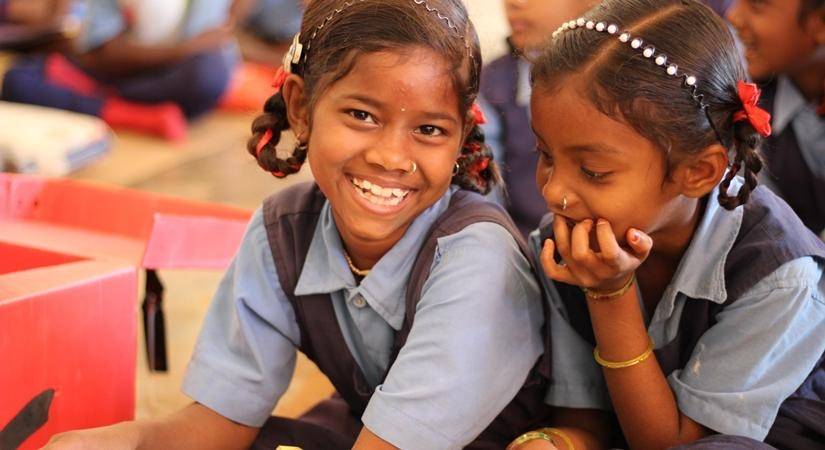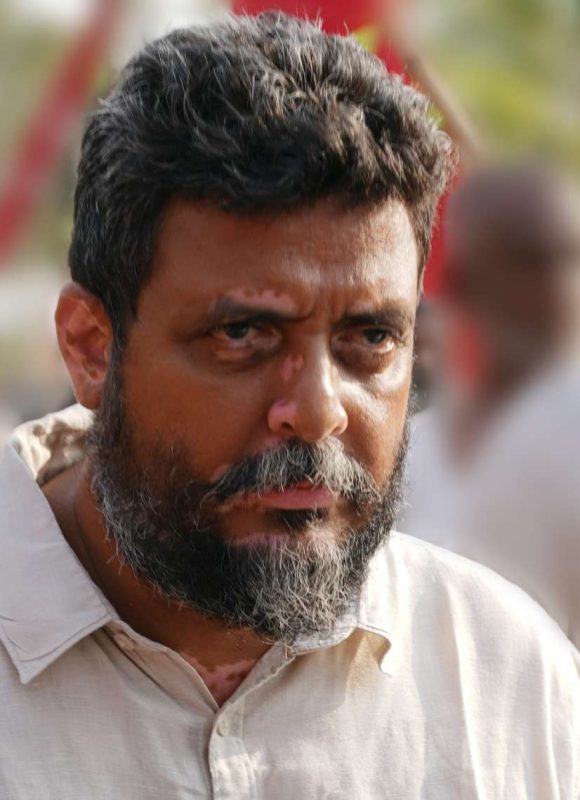She was just a year away from graduating with a bachelor’s in arts when the lockdown was put in place. She was forced to return home and was swiftly married by her family…reports Saumya Jyotsna
Pooja (name changed) was a home science graduate student from Muzaffarpur, Bihar. The 18-year-old had high hopes for her life, before the pandemic took a toll on her education – as it did on the lives of millions the world over.
Pooja is among the scores of other female students in Bihar who were left with no choice but to drop out of school and college. In fact, many were even fated to marry early after being forced to quit their studies due to the Covid-19 outbreak. Such is the situation in the state despite the various government schemes in place to facilitate the education of girls. Also, even though digital learning methods were encouraged, the graph of girls’ education saw a disheartening downward curve in the state.
Discouraging dropouts
According to state government data, 24,03,526 students were enrolled in Class 1 in 2018-19, but the figures were drastically lower for Class 10(15,37,628) and Class 12(6,31,379). A glance at the data also showed a particularly alarming dropout rate among female students. While 11,52,680 girls were enrolled in Class 1, less than 3 lakh made it to Class 12. Moreover, according to a National Statistical Office of India report, Bihar recorded a dropout rate of 30.5 per cent in 2017-18.
“During the pandemic, female students constituted the majority of the dropouts,” said Shakeela Anjum, a psychology professor who’s been teaching at a top Muzaffarpur college for 10 years.
Even after the spread of the coronavirus appeared to be curtailed, she added, it had become increasingly difficult for young women from villages to return to college because their guardians feared a fresh wave of cases and the hurdles it would create in getting them married.
“For many modest earners who faced financial hardship during the pandemic, their primary train of thought was to figure out how to get their daughters married,” Anjum said. “Since they struggled to manage two square meals a day, they were desperate to get their daughters married. Government schemes alone cannot change people’s mindset.”
The social divide
Despite government-implemented initiatives such as Beti Bachao Beti Padhao, girls’ education in India is riddled with societal challenges. The pandemic added to this problem manifold.
Take Pooja’s case, for instance. She lost her father; and her mother is the sole breadwinner of the family, who earns Rs 10,000 a month as a fourth grade worker at a private school. Pooja lived in a hostel while she attended college, but had to return home when the lockdown was announced. However, in addition to fluctuating electricity and lack of resources for online classes, she was pressured to get married.
“People said it’d be less expensive to get girls married during the pandemic, as there was no demand for dowry,” she said. “My mother was influenced by their opinion and arranged my marriage. I’m now engaged in household chores instead of studies.”
The social challenges in Pooja’s case run even deeper. The education of her two younger brothers was prioritised – the 12-year-old is in Class 8, and the 16-year-old cleared the matriculation examination – while Pooja had to give up her studies.
Kalpana (name changed), the 19-year-old daughter of a head mason in Muzaffarpur, is yet another example. She was just a year away from graduating with a bachelor’s in arts when the lockdown was put in place. She was forced to return home and was swiftly married by her family.
“I still tried to continue with my education, but my in-laws, who live in another city, didn’t allow me to complete my graduation,” she rued.
A digital hindrance
In addition to the obstacle of the pandemic and societal constraints, another hurdle to female education presented itself during these turbulent months – lack of access to online classes. In Muzaffarpur, women from a number of colleges had to give up their studies early due to the switch to the digital mode of learning. Most households here have only one smartphone, primarily used by a male member of the family, leaving the students with no access to their online classes.
Aditi (name changed), a 16-year-old Class 12 student at a government college, said: “Even the teachers at our college had no idea about online classes. A WhatsApp group was created, and we were told that a link for every period would be sent there. But no such thing happened.”
“Everything changed once colleges closed. The teachers didn’t care about our education, and we didn’t have smartphones. Our exams weren’t held on time, and now, a number of girls from my batch have got married. Perhaps I’m destined for the same, too,” added Aditi, who hopes to become a teacher one day, not get married at such a young age.
Toil and travel
Across the country, online classes have been far from easy for rural students. In addition to their villages lacking internet connectivity and the means to own personal smartphones – the basic requirement for online learning – the closing down of hostels was a source of great inconvenience for students who had to travel long distances for classes.
“The frequent switch between offline and online classes caused them much trouble,” said professor Anjum. “It was especially challenging for those who didn’t have smartphones for online classes and had to travel great distances to college.”
In Mushahari block of Muzaffarpur, a high school English teacher claimed that children did not get to study at all during the pandemic, since most of the students enrolled in government schools live in villages or distant regions where mobile network is non-existent.
Twenty-one-year-old Sanghmitra was among the few fortunate ones who came from a family that valued education. A master’s student of a renowned college affiliated to the University of Bihar, she spoke of her batchmates’ fate with great despondence.
“Girls here have been facing tremendous problems because of the Covid-19 outbreak. I belong to a middle-class family that understands the importance of education, but not every girl is that fortunate,” she said. “When the third wave hit, colleges stopped regular classes and hostels shut down. It became a very expensive affair for many girls to travel long distances every day to attend college. As a result, many of my batchmates gave up their studies.”
ALSO READ-UN urges Lebanon to rebuild country’s education system













